“You’re Going to Get Worse Before You Get Better”
That old chestnut has been heard by almost everyone who has ever picked up a golf club. But is it true? Does it need to be? Let’s examine (and, perhaps, dismiss) one of golf instruction’s oldest cliches.
This Lesson Is For You If:
You’ve been told “You need to get worse to get better”
You want to take lessons or are taking lessons
You want to improve your swing or your scores

Why It Is Said
“You’re going to get worse before you get better” is something you hear primarily from golf instructors, though you’ll also get it from the “experts” roaming the range, dispensing swing tips like candy at a parade. I can conceive of two answers to the question, “Why are they saying that?”
My cynical answer is, “To sell more lessons” or “To postpone any questioning of their credibility.” If you give me a lesson and I play worse, logically, I should stop taking lessons from you. Telling me that getting worse is part of the process keeps me buying lessons. It also keeps me from questioning you in real time when your swing change has me digging a trench behind the golf ball. Finally, it shifts the responsibility or blame to the student. “Oh, you’re not seeing results yet? You’re probably not working hard enough.”
I can also be more generous with my interpretation and suggest that instructors say this because they genuinely believe it, and they want the student to stick with the process. It’s fair to see this as a way to set realistic expectations. “Stick with the plan. The results won’t come overnight, but they’ll come eventually.”
Is It True?
Now to the heart of the matter: is it true that you need to get worse before you get better? My short answer is “No,” though there is a version of the answer that starts, “Yes, but…”.
Ultimately, I think that this cliche comes about because of a combination of poorly defined goals and cookie cutter instruction. I’ll explain that in depth through the lens of the four primary goals a golfer might have.
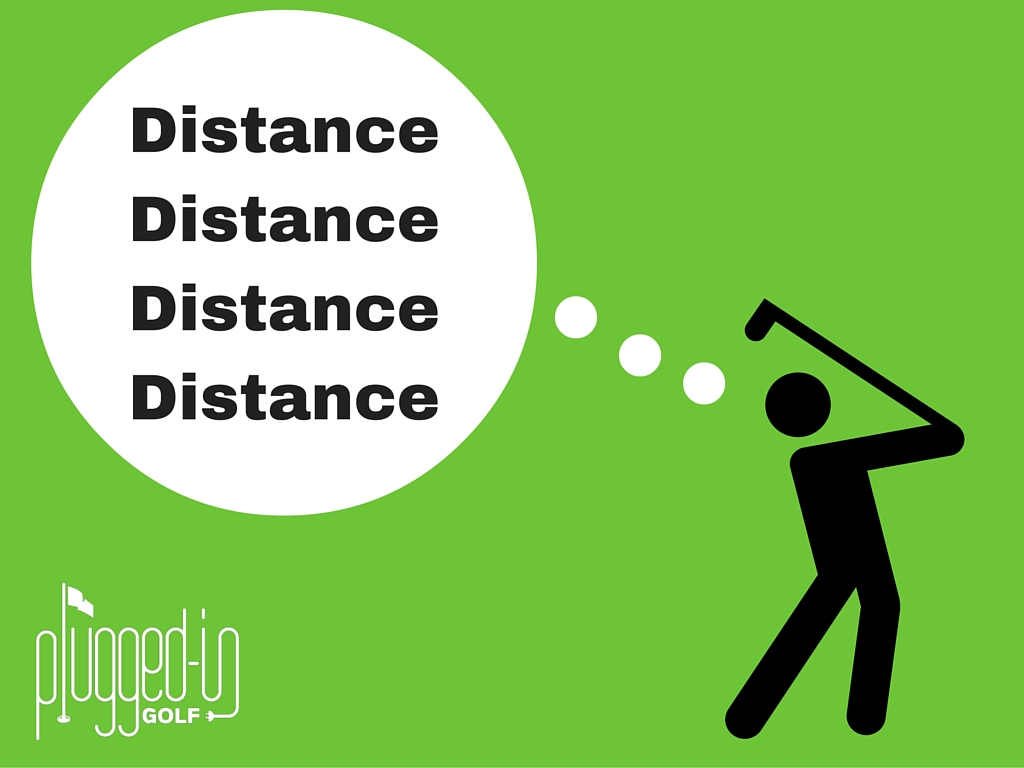
“I Want More Distance”
It is completely reasonable to have “more distance” as your #1 goal. Hitting the ball far is fun, and adding distance is one of the best ways to significantly improve your scores. Gaining distance is also an eminently achievable goal – most golfers can access loads more distance through speed training and swing changes.
If your goal is to hit the ball farther, there is no reason on Earth why you should go backward before you go forward. Whether you’re doing speed training with a system like SuperSpeed [review HERE] or making swing changes to move more efficiently, you will not get slower before getting faster.
That said, it’s entirely possible (though not necessary or even likely) that while you are working on speed, your scores will go up or your ball striking will suffer. Neither of these things happening confirms the cliche. Your goal was to get faster. You are getting faster. The other things will sort themselves out. Keep your eye on the prize.
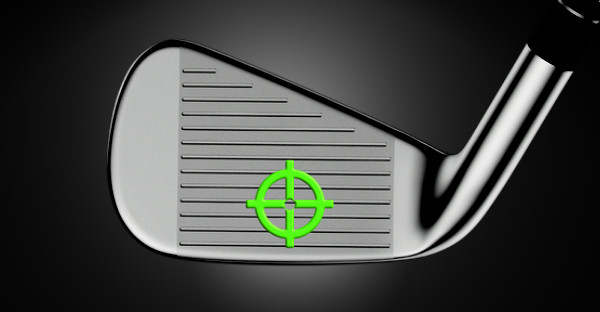
“I Want to Hit the Ball Better”
This is the goal that will most often lead to someone reciting the cliche. Why? Cookie cutter golf instruction. “Oh, well, if you want to hit it better, we’re going to have to take your entire swing down to the studs. We’re going to spend three weeks working on the first half of your takeaway, then build from there. While we’re doing this, you’re going to hit it a lot worse, but, ya know, you have to get worse to get better at golf.”
Bulls***. Mr. Hypothetical Instructor, nobody asked you to tear their swing down to the studs. They asked to hit the ball better. Did you ask what that means to them? No, you didn’t. If you had, you would have gotten them to explicitly state that they want one or more of three things: to hit the center of the face (less toe or heel), to hit it more flush (less fat or thin), or to tighten their dispersion.
If somebody came to me asking for one of those three things, I wouldn’t touch their swing. I would teach them what makes the ball go straight and what makes it curve [fully explained HERE]. Then, I would give them skill drills. I would teach them how to control the low point of the swing and how to control the club face. And they would hit it better immediately.
Interested in a skills-based approach? Read THIS.
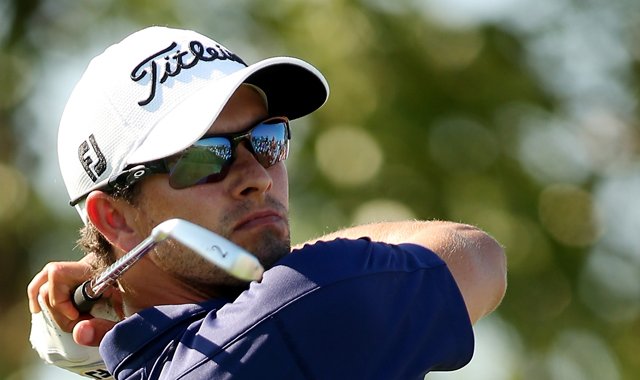
“I Want a Prettier Swing”
This is the goal that many, many golfers have, but few will say explicitly. I ran into this regularly when teaching with a video-based organization: a student would come in after a couple lessons, tell me they were playing their best golf, then cry about how their swing looked on film [this is one reason why I am staunchly anti-video, as I explained HERE].
As with any other goal, I think this is fine. I can imagine it’s a lot of fun to have a beautiful swing. And, once again, it’s a goal that does not require any regression before you make progress toward it. If you tell me you want a textbook swing, we can make progress toward that from day one. Your swing will look better after every single lesson.
Other things may suffer. You may hit is shorter or more crooked. You may dig trenches behind the ball. But you will look good doing it.
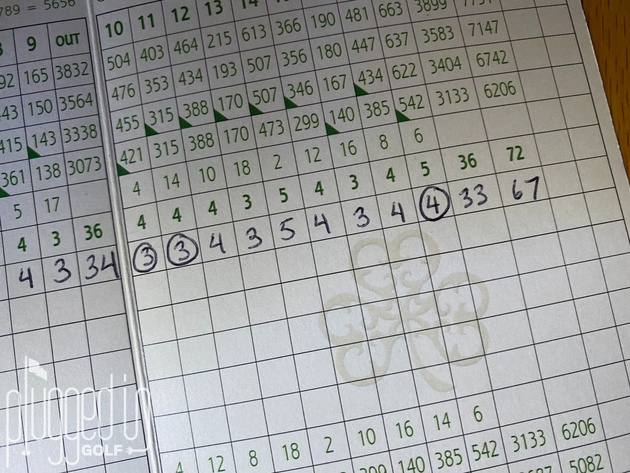
“I Want Lower Scores”
As an instructor, I never accepted that this was the real goal, at least not right away. I asked a lot of clarifying questions along the lines of, “Will you be happy to hit it the same way if your scores go down?” But if they held fast to the score being all that mattered, they were my favorite kind of student.
Now, any decent instructor who hears this goal is going to want data. They’re going to want to see shot tracking data [Shot Scope product reviews HERE] so that they can understand where you’re losing strokes relative to your peers and relative to where you want to be. Then they can prescribe a fix that focuses on your weaknesses.
In the vast majority of cases, a good instructor should be able to help you shoot lower scores without going backwards. Most golfers can’t break 100 honestly, so a little putting practice, a tip to get out of the bunkers, and they’re going to be safely in the 90s and thrilled. Even in the 90s and high 80s, there’s a lot of low hanging fruit that can be picked with skill drills and more focused practice.
The one case where you may have to get worse to get better is if you’re looking for a significant score improvement and you don’t have enough distance and you’re unwilling to move up tees (or you’re already playing the forward tees). As a frequent solo golfer, I play with a lot of different people, and they’re often older golfers. Many of them are quite skilled, but they simply don’t hit it far enough to make pars. In this situation, they would need to get longer to significantly improve their scores. This might mean that their scores go up in the short term while they get used to a swing change and/or the added speed from physical training. This is the only scenario where I think the cliche holds true.
The Takeaway
“But, Matt, I want my swing to look better, hit it farther, and shoot lower scores.”
Neat. I want to deadlift 800 pounds and still see my abs. I’d like to drive a McLaren but not have a negative bank balance. Sadly, this is not how life works. Prioritize. Pick a goal, focus on it, work hard, and achieve it.
To paraphrase the Rolling Stones, “You can’t always get everything you want, but if you try, you can get some of it.” And you can get it without getting worse.
He founded Plugged In Golf in 2013 with the goal of helping all golfers play better and enjoy the game more.
Matt lives in the northwest suburbs of Chicago with his wife and two daughters.
- Performance Golf Click Stick Training Aid Review - October 18, 2024
- Callaway Opus Platinum Wedge Review - October 17, 2024
- When to Take a Break from Golf - October 15, 2024



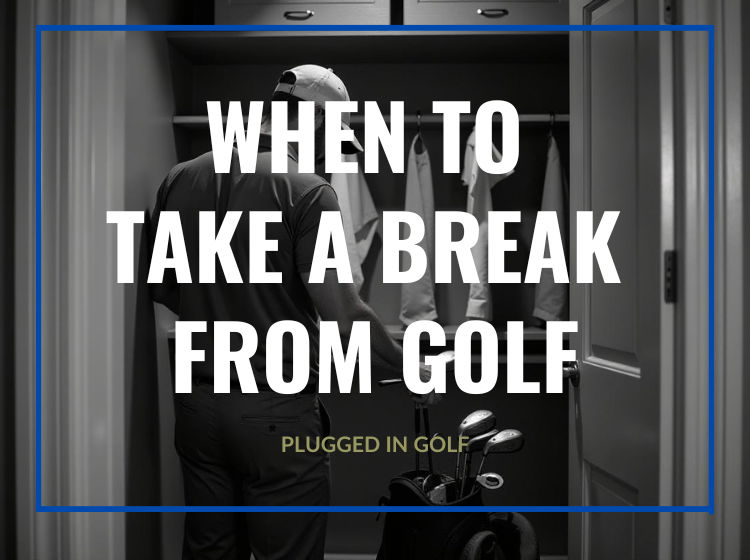
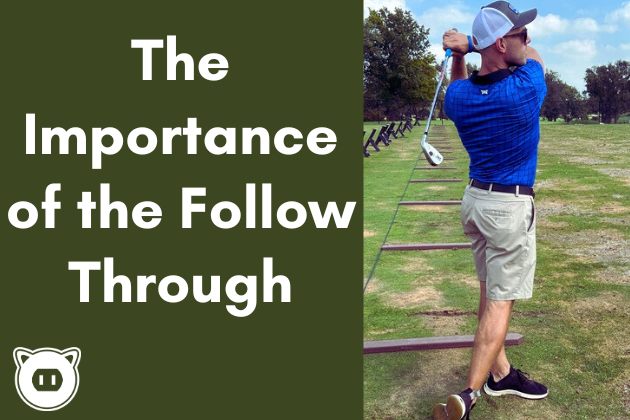
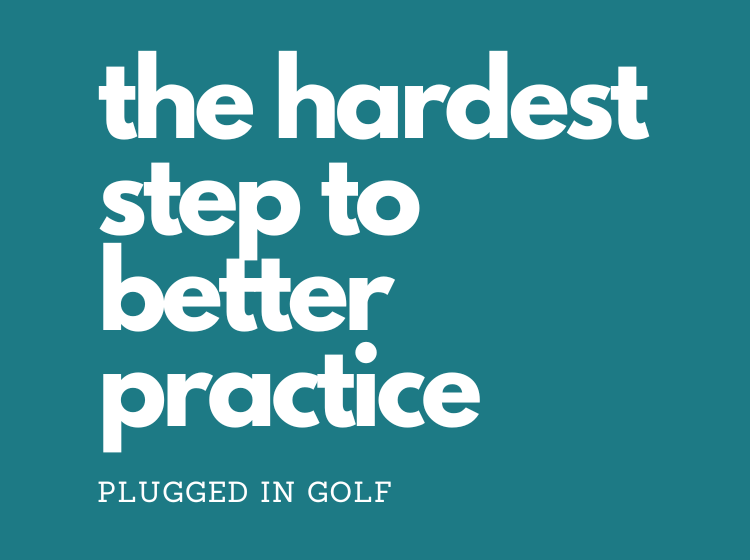









11 Comments
Great article. Made perfect sense and I enjoyed reading it.
Thanks, Terry!
Matt I would have to say no as well. But to truly learn the swing through exercise drills I will always say 100% it will be chaos at first .
Not to sell them on more lessons. To understand how the body sequences, from the ground up, feet first . It’s all about sequence. Once you get them going , than they can explore in depth more of the swings needed to play great golf .
Good article. I’ll say this…. pretty much all of us experiment with golf “tips.” We see or read of something that is supposed to help up achieve a certain goal…. and we give it a try. There are tips that work – and there are those that do not. On the ones that do not, if we decide that “I’m gonna learn this method or bust” we can get worse. But, it was because we decided to go with a tip or method that just wasn’t for us. The opposite is going with a tip or suggestion that almost works immediately. I think the individual player has to be smart enough to see (and feel) what is going on when they attempt a change.
I am 63 yoa and dove headfirst into golf this season after tinkering around for a couple of years. Two years ago I took lessons at an indoor facility and believed my indoor Trackman numbers were gospel…such as a 175 yard 8-iron. I played maybe 10 total rounds after that and became discouraged so I went back to that instructor a year later (a year ago) and got worse. He wanted to me to do things with my body that I cannot do. Last February I went to a different pro and while she was helpful, she too wanted me to twist in ways that I can no longer do…I have Graves disease and chronic arthritis. Going to the range went nowhere as I practiced my mistakes. It wasn’t until several people told me to just play golf! That’s what I’ve done this past season and where I struggled to break 50 for 9 holes before, I shot a 39 last month. I now understand the game. Like anything else, if you wanna get good, then do that task. I also know now that some days you got it and some days you don’t…don’t sweat it. Thank you!
so hard to find a decent instructor. most come from schools that have a specific teaching method that may suit 5-10% of golfers. I watch pro golfers (male and female) and they are so different in every aspect of the swing with the exception of just prior to contact and contact. Different body types, athletic ability, balance etc….I think the best instructors work with the student’s own swing. I shoot high 70’s to low mid 80’s. The driver can add 5-6 strokes to my score and putting 3. Straighten out those 2 things and I’m a 3-4 hcp, good enough for me. every instructor has wanted to break down my entire swing where the goal is to just keep driver in play and putt a little better.
Great article. I moved to a new area and took lessons from 5 different instructors before finding the right one for me. I am better after each lesson, which was so refreshing compared to taking lessons and not seeing improvement. His comment when I told him how great it was to see improvement after an hour: “if my students didn’t see improvement, they wouldn’t come back”.
Great article Matt. Consistent practice drills on specific areas of my swing have greatly improved my overall game. Get worse before better, don’t see it. What I do see is that worse shots can be recovered with good course management. Acceptance that tough breaks happen and suddenly the scores improve as you play smarter not harder.
“Pick a goal, focus on it, work hard, and achieve it.”
👍👍👍👍👍
Thx for another great article!
Great article. I have been reluctant in signing up for lessons because of the thought of having to rebuild my swing…..
#doublesecret
Interesting read. I find that if you are making swing changes, you may get worse for a bit if you put them in play too soon. #DoubleSecret